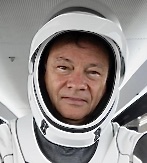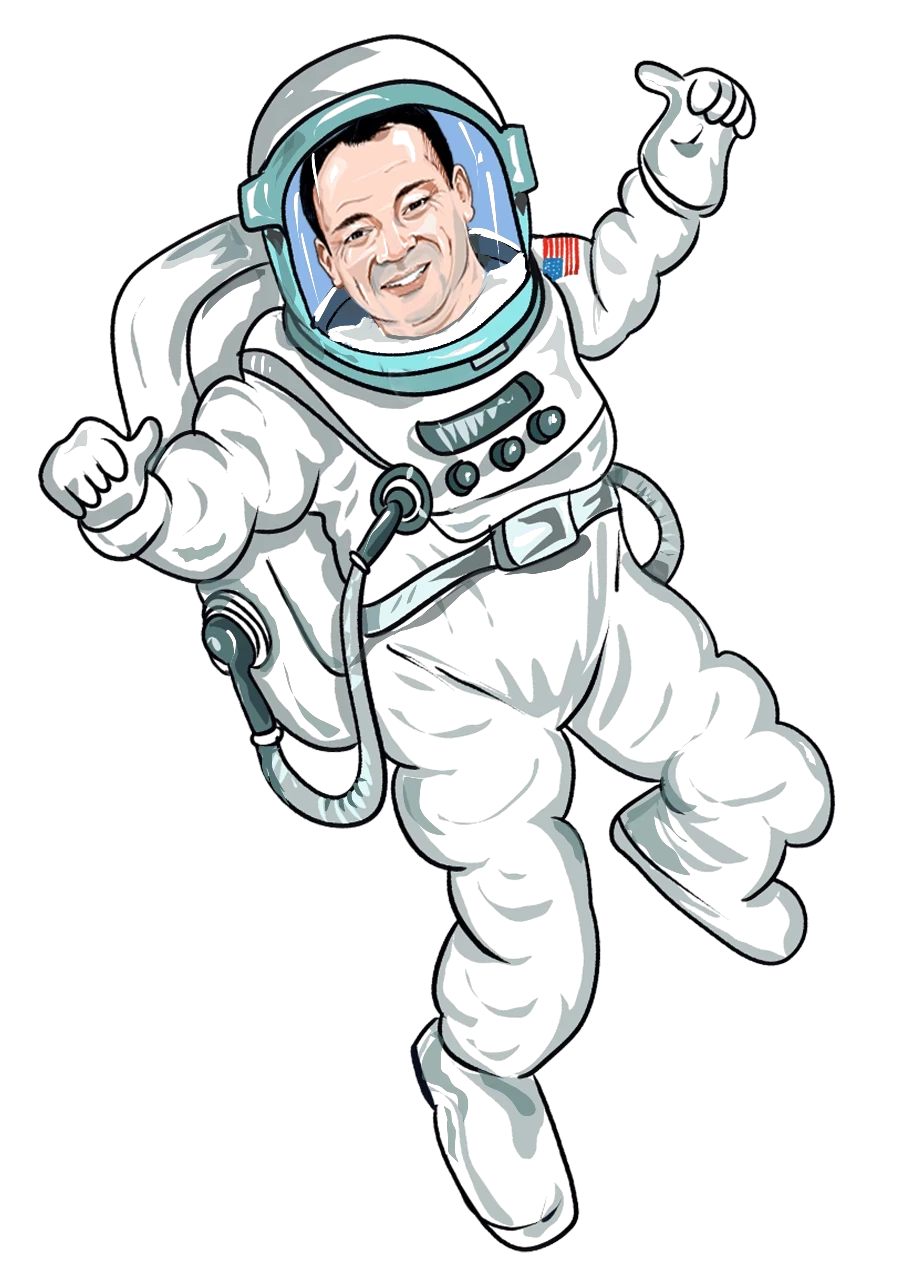It Is Rocket Science
Why Sending Private Crew To Space Is Our Best Chance At Protecting Planet A.


JANUARY 18, 2024, marked my sixth journey beyond the bounds of Earth, as I embarked on another exhilarating mission to the International Space Station (ISS) and Low Earth Orbit (LEO). Leading the charge as Commander of Axiom Mission 3 (Ax-3), I felt a familiar thrill as our SpaceX Crew Dragon spaceship, Freedom, soared from NASA’s Launch Complex 39A at Kennedy Space Center in Florida, propelled by a Falcon 9 rocket. Ax-3 was Axiom Space’s third private, all-European mission, representing Italy, Sweden, and Turkey (and Spain, too, if you count me!). Given we had spent nearly six months getting to know each other, bonding, and learning (or, in my case, re-learning and refreshing), the whole team was, quite literally, raring to go.
After 36 hours of “uphill” travel, Ax-3 successfully docked with the ISS. The size of the smiles on the faces of my fellow crew said it all, and our arrival marked the beginning of what I would describe as a “paradigm-shifting mission” aimed at expanding access to LEO. Despite the mesmerizing views from the cupola of Earth speeding by at 17,500 mph, our crew had a packed agenda. We completed 54 research activities spanning life, physical, and Earth science, human research, and tech demonstrations. It was a busy time.
Returning to Earth, I couldn’t help but feel a bit wobbly, a familiar sensation after spending time in microgravity. However, the impact was less pronounced compared to longer duration missions, such as my previous 215-day stint in space. But whether the mission is months or only days, one aspect of my time in orbit remains constant: the profound “overview effect.” Viewing Earth from space evokes a sense of awe and self-transcendence, fostering a deep appreciation for our planet and a heightened connection to humanity as a whole, and it never gets old. And it certainly elicited a few tears of joy and wonder from my fellow crew members.
While my adventures often take me far from home, I’ve been able to share my experiences with audiences worldwide, including in Monaco. As Chief Astronaut for Axiom Space, I’ve had the privilege of speaking about our missions to potential private astronauts and LEO investors at various business summits and exclusive events, like the Gala for the Global Ocean. Certainly, meeting people firsthand helps generate excitement and interest, and I was on hand for NASA’s 60th anniversary celebration in Monaco back in 2018, under the patronage of Prince Albert, whom I’ve had the pleasure of meeting on several occasions, and who always asks intelligent questions, more so than the usual crowd favorite of “How do you sleep in space?” (Answer: In a sleep station, if you’re lucky, for both sleep and privacy. But there are only four onboard the ISS, so some crew have to “camp out” by rolling out sleeping bags to sleep in the airlock.)
Axiom signed an MOU with Monaco and, indeed, the European Space Agency and UK Space Agency, in our quest to further democratize space access. And, as our CEO Mike Suffredini has said, the Ax-3 marks a pivotal moment in commercial space exploration and a significant milestone for Europe’s pursuits in LEO. While we do not currently have a Monaco resident or Monegasque in the astronaut pipeline, this is certainly something that is being developed. And SSI MonacoSat has launched several communication satellites aboard SpaceX’s Falcon 9 launcher with their partner Thales Alenia Space who, coincidentally, are building the primary structures for our Axiom Station.
As for future Axiom missions, the allure remains as strong as ever. There is no Planet B, and I stand ready to take the helm again, fueled by a boundless sense of curiosity and a commitment to advancing humanity’s reach beyond our atmosphere.
The views and opinions expressed herein are the views and opinions of the author and do not necessarily reflect those of The Monegasque™.
Disclosure: The Monegasque™ enhances the editing process with the help of carefully selected AI tools. These tools provide valuable support without taking over the editing process completely, ensuring that the final product is the result of human creativity and expertise augmented by the benefits of enhanced technology. This article is protected under the copyright of The Monegasque™. Unauthorized reprinting, republishing, or rewriting of this content is strictly prohibited without explicit permission from The Monegasque™. Quotations from this material are permissible provided that a direct link to the full article on The Monegasque™ is included.